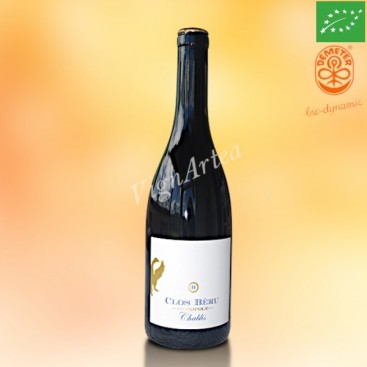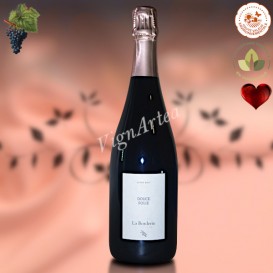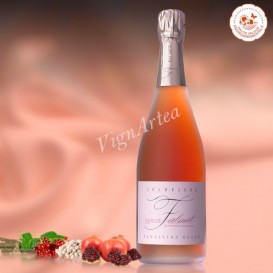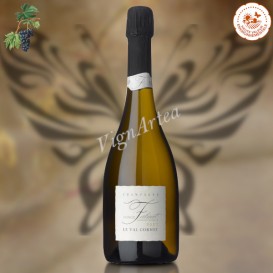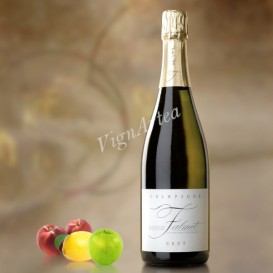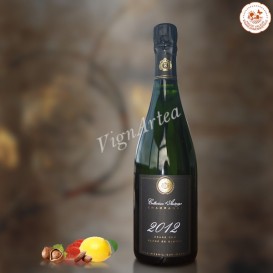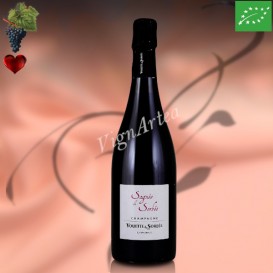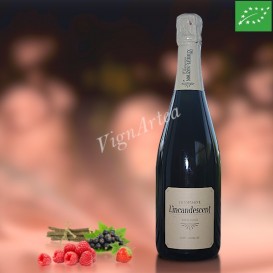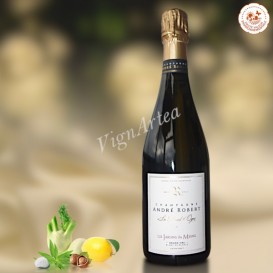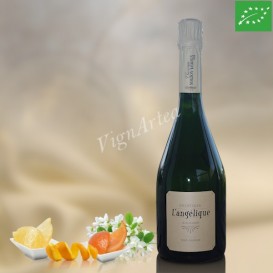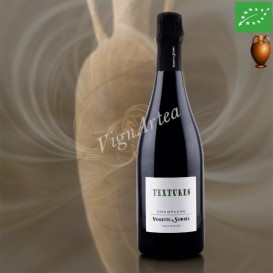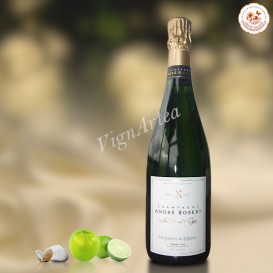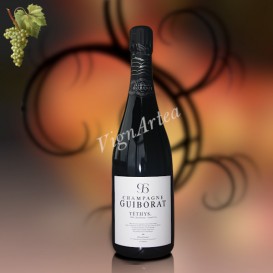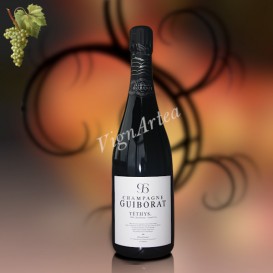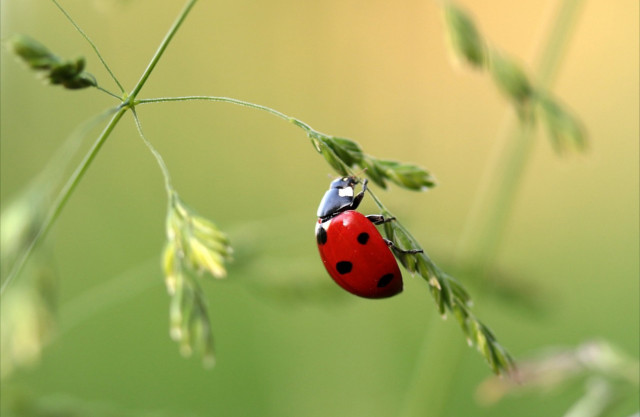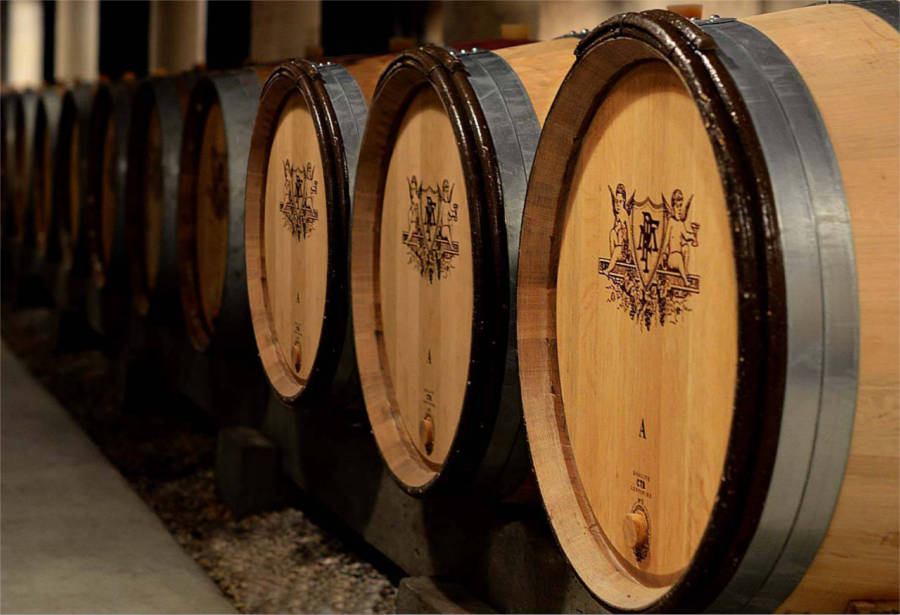CLOS BÉRU MONOPOLE 2018 (Château de Béru)
BURGUNDY - AOP CHABLIS - WHITE DRY WINE
Grape variety: Chardonnay (100%)
Biodynamics Native yeasts
Lees ageing for 24 months in oak barrels
- Nose: intense and charming. Slightly creamy notes, aromas of green apple granny smith, candied citrus peel.
- Palate: tonic, salivating, and very perfumed. Lemon finish.
- Tasting date: February 2023.
- OUR OPINION: a superb vintage of great complexity and great charm. This wine is very rich, it has that little "on ne sait quoi" that makes it so unique and recognizable. I have always loved this cuvée, it is the estate's signature, and the 2018 vintage is very beautiful!
DESCRIPTION
The CLOS BÉRU MONOPOLE is the top-of-the-range estate's cuvée. The grapes come from a 3.5 ha plot adjoining the castle and surrounded by a fortified wall dating from the 13th century.
TERROIR
The CLOS BÉRU MONOPOLE plot is for the two-thirds of its surface facing-south, and for the remaining third, southwest oriented. This exceptional exposure allows the grapes to reach optimal maturity.
The soil dates from the middle and upper Kimmeridgian era (-174 to -145 million years), a period during which the region was covered by a warm, shallow sea. With an average thickness of 80 meters, it is made up of limestone banks rich in Exogyra Virgula, small fossilized oysters, alterning with gray marls.
Depending on the hillside slope, marly veins outcrop in places, replaced, a few meters further, by a mostly limestone outcrop, and this soil variation within the plot give rise to complex and rich wines.
This plot, after the Phylloxera's ravages, was replanted in 1987 and the yields are around 35 to 45 hl/ha.
WINEGROWING & WINEMAKING
The vines are cultivated according to the Biodynamics principles (Demeter certification since 2010), without any phytosanitary products use, and the alleys between the vines rows are plowed by horse.
The grapes are harvested manually, and the grains are sorted on the spot, directly in the vines at the time of picking : this avoids excessive bunches manipulation.
The grapes are immediately pressed, the extracted juice is poured into oak barrels, and the alcoholic fermentation starts spontaneously under the effect of the native yeasts. The malolactic fermentation then takes over, and the must continues to age on lees for 24 months in oak barrels.
The wine is neither fined nor filtered and no sulphits is added on the harvest, under the press or during the fermentation, but only, and in minute doses, at the time of racking and bottling.
| Country | Burgundy |
| Color | White |
| Orange wines | No |
| Clay amphorae wines | No |
| Type | Dry |
| Vintage | 2018 |
| Capacity | 75 cl |
| Single Grape Variety | Chardonnay |
| Alcohol rate | 13,5 % |
| Quality Designation | Chablis |
| Cellar Potential | 15 years. |
| Service advise | 14°C. Open the bottle 1/4hr before the service. |
| Culture Methods | Biodynamic |
| Total SO2 | 25 mg/l |
| Fining | No |
| Filtering | No |
| Comments | Native yeasts ♦ Alcoholic and malolactic fermentationsin oak barrels ♦Lees ageing for 24 months in oak barrels ♦ Neither fined nor filtered ♦ Slight sulphits addition at the time of rackling and bottling. |

